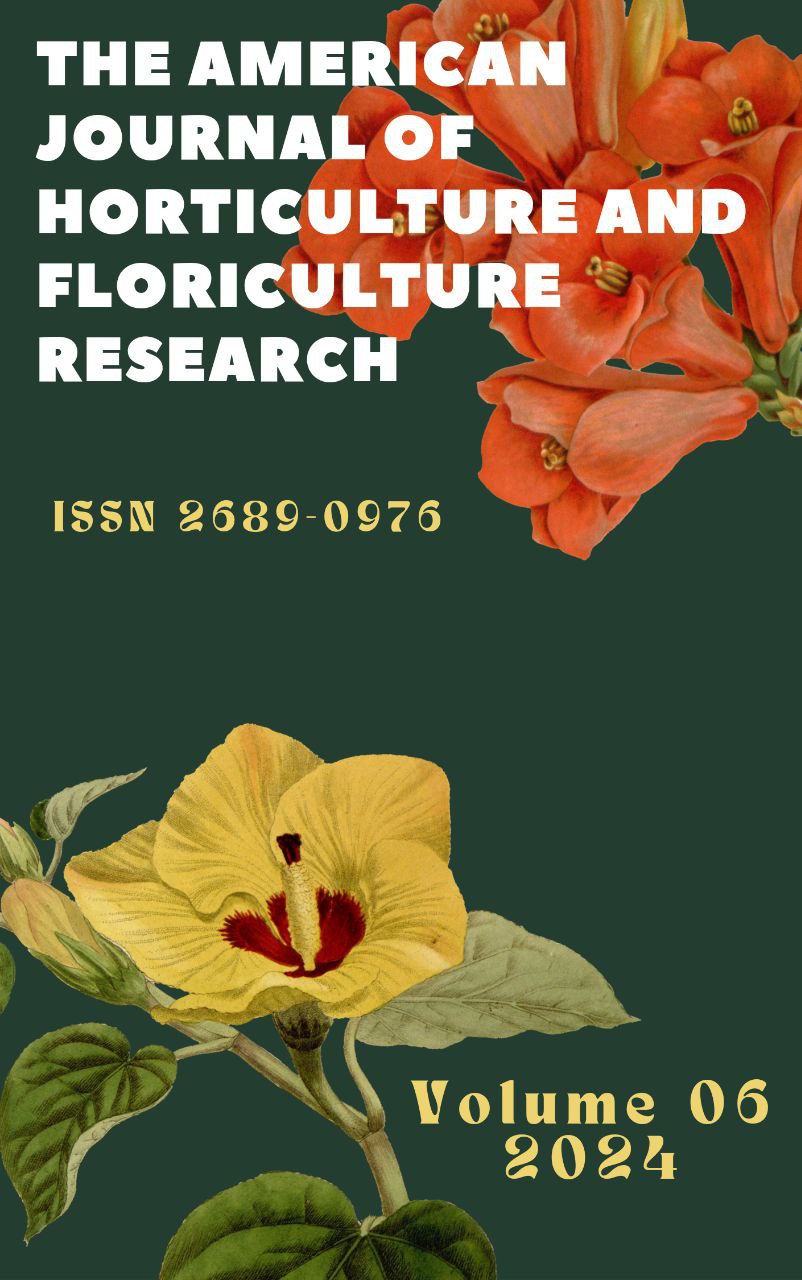Background: Arugula (Eruca sativa Mill.), a member of the Brassicaceae family, is a globally cultivated salad vegetable prized for its distinct pungent flavor and nutritional value. Despite its long history of cultivation, its precise geographic origins, domestication trajectory, and the genetic basis of key agronomic traits remain poorly understood. A comprehensive genomic investigation is essential to unravel its evolutionary history and accelerate modern breeding efforts.
Methods: We performed whole-genome resequencing on a diverse panel of 150 E. sativa accessions, encompassing wild relatives and cultivated landraces from across its native range. Using a high-quality single nucleotide polymorphism (SNP) dataset, we conducted population genetic analyses, including principal component analysis (PCA), phylogenetic reconstruction using IQ-TREE [27], and ancestry modeling with ADMIXTURE [2]. We inferred demographic history using Stairway Plot 2 [22] and identified signatures of selection by calculating population differentiation (Fst) and applying the cross-population composite likelihood ratio (XP-CLR) test [6].
Results: Our analyses revealed two major, distinct genetic clusters corresponding to Mediterranean/European and Asian gene pools, with limited admixture between them. This strong differentiation, supported by phylogenetic and
demographic modeling, points towards a dual domestication history. We identified hundreds of genomic regions bearing strong signatures of positive selection in cultivated accessions. Within these selective sweeps, we annotated candidate genes associated with critical agronomic traits, including flowering time, leaf morphology, and glucosinolate biosynthesis, which dictates flavor. Furthermore, we found evidence of selection on genes homologous to known domestication loci in other crop species.
Conclusion: This study provides the first robust, genome-wide evidence for a dual-origin model of arugula domestication. We have created a detailed map of genomic variation and identified key candidate genes underlying important agricultural traits. These findings not only clarify the evolutionary history of arugula but also provide a valuable genomic toolkit of markers and target genes to guide future crop improvement and breeding programs.






